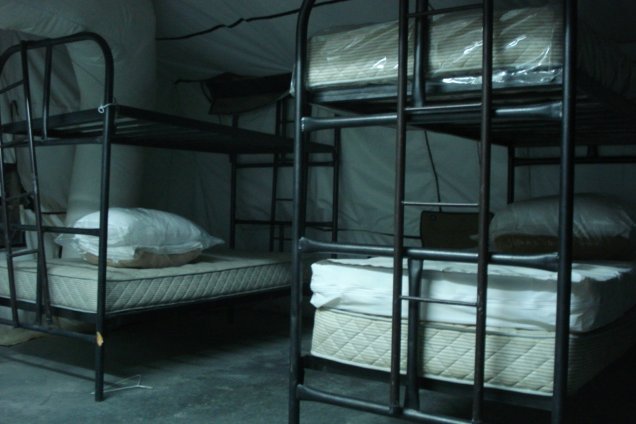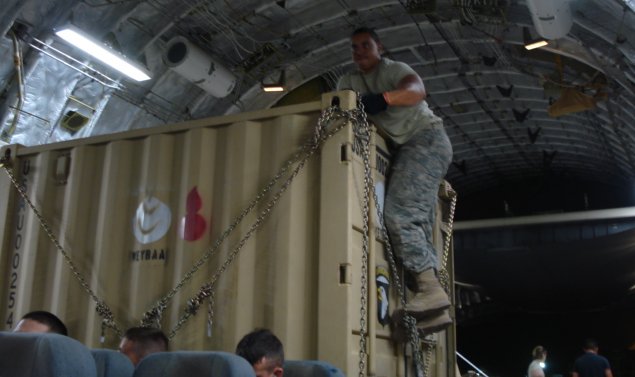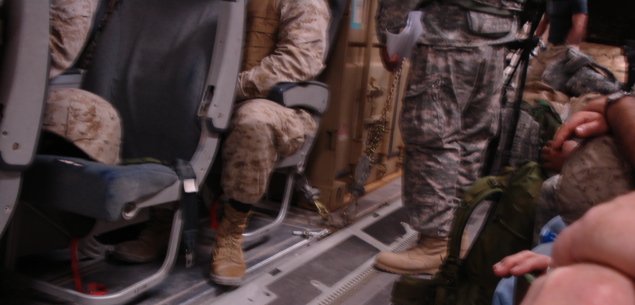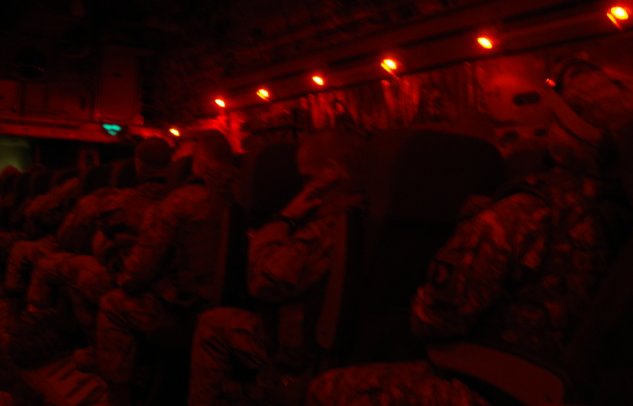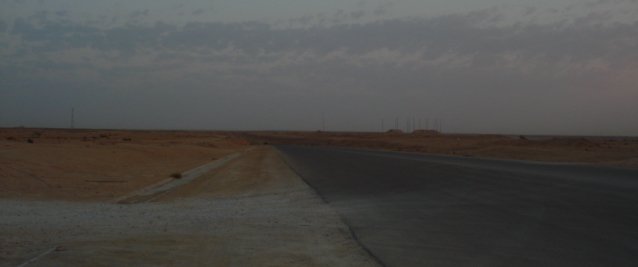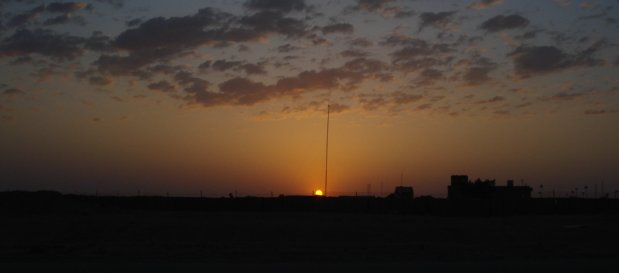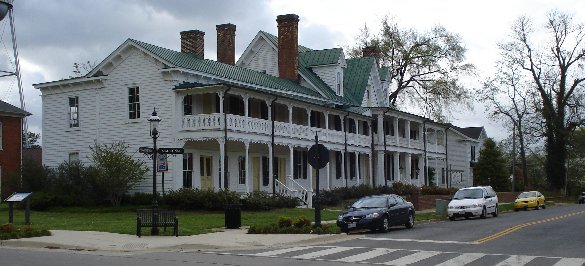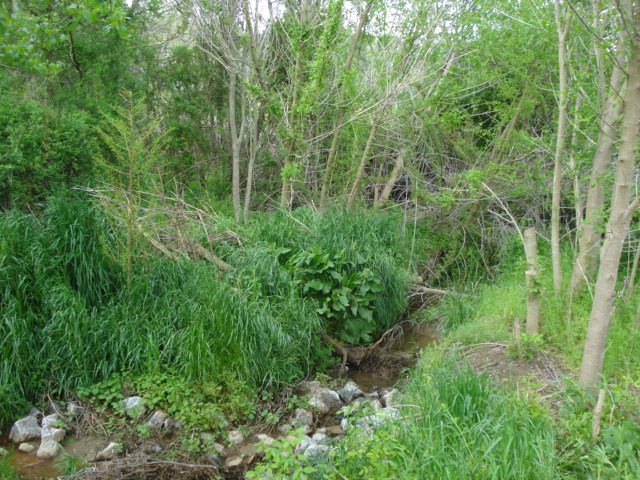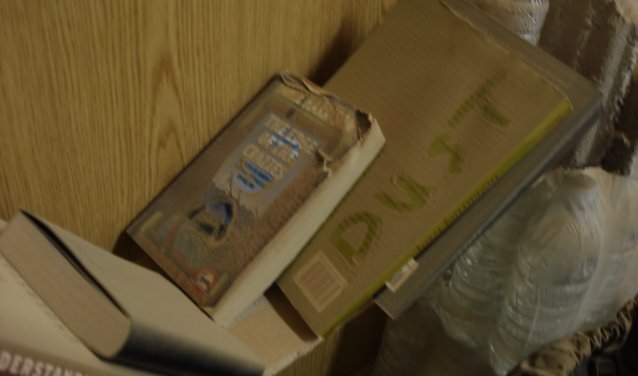
Dust Everywhere We had some big dust storms while I was gone, but my can was tightly closed so I thought I might avoid some. I was wrong. I write the word on the book to show the dust. This deposited since I was gone. Note the color. It is not the kind of dust you find around the house. All my clothes were dusty. My toothbrush was dusty. My bed was dusty. It just didn’t show up well in the pictures, so the best way I can show is with the dusty books above. They were relatively clean when I left.
Usually, I sweep up or dust a little every day. It is always dusty, but usually not this bad as a result. You really don’t appreciate how much dust there is until you go away for a while.
When I first took over my office & this can where I live, I was a little annoyed with my predecessor. I though he left the place a bit gritty. Now I understand that he just moved out a couple days before I moved in and that is all it takes to make the place as dusty as the Addams Family mansion.
It makes me much better appreciate places like the chow hall. They always keep that place really clean and continually are winning the dust wars.
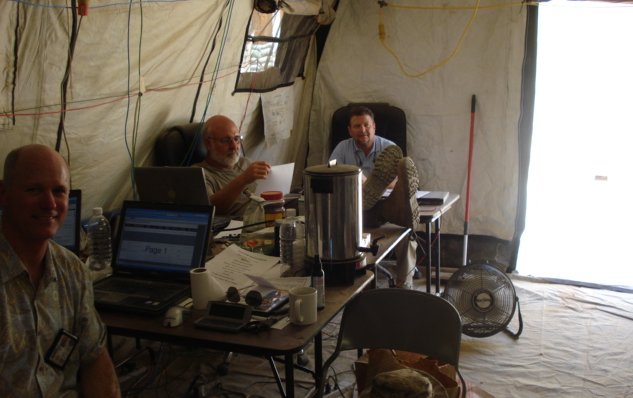
Office transition
My staff members are still in tents. I am in an office can. It is not unpleasant and my colleagues were very good to me. They dusted it, so I can home to a relatively clean environment there. Good to have a little help from your friends. They are suffering mightily, however, with the heat and the dust in the tents.
Office space geography is a challenge. I like to do MBWA – management by walking around. Lots of little problem can be solved before they become big problems and lots of opportunities can be generated before the sparks are lost if the boss is just there to nudge. Good management is not really rocket science and just being there is much of the secret to success. That is how I can add value to my already great team. This office/tent arrangement makes it much harder. I have to make a special point to walk out to the tent. I see that I could easily get stuck and isolated in my office can. There are certainly many things to do in the office, but usually when you are sitting at the desk you appear busier with important things than you actually are. As I said above, I believe in peripatetic management. It helps build the team and empowers every good worker.
Fortunately, this construction period won’t last too long. I talked to the guys actually doing the work and even the pessimistic scenario says end of May. They are putting the wiring behind the walls (instead of hanging in front), repainting, giving us a real ceiling and generally improving the area. My team members will also get two Plexiglas windows, like I have. I think natural light is important and this will take away from the cave atmosphere. It looks like we might get something that looks like a real office.
The guy doing the construction told me that it will still be dusty, however. Even if they seal the windows and make the doors tight, we cannot avoid the dust.
A Cola Free Environment
The chow hall has a serious problem – no diet cola of any kind. We have no diet Coke AND no diet Pepsi. This is a serious problem with the hot weather setting in. I don’t know how long the crisis situation will persist. The guys I talked to did not seem to know. They are waiting for a shipment.
I have a supply in my refrigerator. A dozen cans, which is good for a couple of days. I fear I may be forced to drink diet Sprite (which they still have) or even … water.
UPDATE: Since I wrote this, diet Coke has returned, hallelujah.
Hair Today; Gone Tomorrow
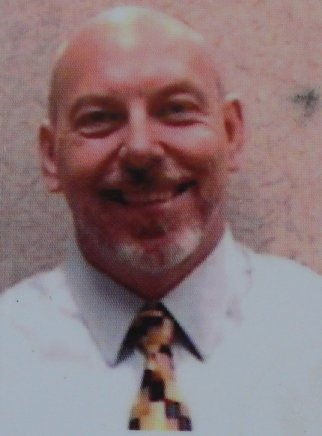
Speaking of water, on the way up I met a woman who was going to Baghdad. She asked me if I thought the water here made your hair thin or fall out. I don’t know what made her think I would know anything about hair matters. Of course, maybe she just thought that I understood bald.
My speculation is that it is not the water, but the dust. This dust is alkaline and it always covers everything, including people. I no longer really have a hair problem, but I do notice that my skin gets dry and flaky. When I was in the U.S. I noticed it was not so much a problem, but it starting in again now. Living in this desert is like daily exfoliation using 20-Mule-Team Borax.Maybe hair is related. Or maybe the hair thing is just perception. I didn’t have much hair when I arrived. I don’thave less now. Long, pretty hair is not much of a concern to me or to most of the guys I work with.
Working in Iraq
Maybe I complain too much. I really like my colleagues here & the job we are doing together. When I am done with Iraq, I don’t think I will miss anything about the place, but I will miss the people I work with, both Americans and Iraqis. Why can’t I get a job like this in a nicer place?
Below – I had limited success with sunflowers. My colleagues kept them alive while I was gone, but only three came up. Maybe that is emblematic of all our work in Iraq. The construction workers have been very good and careful in avoiding them.


